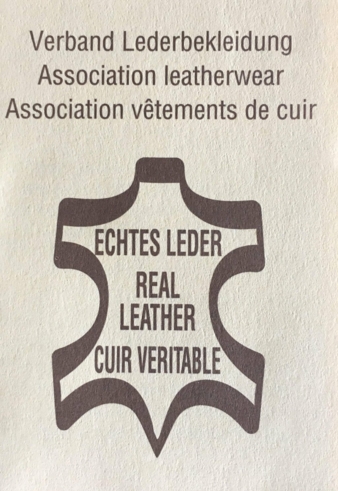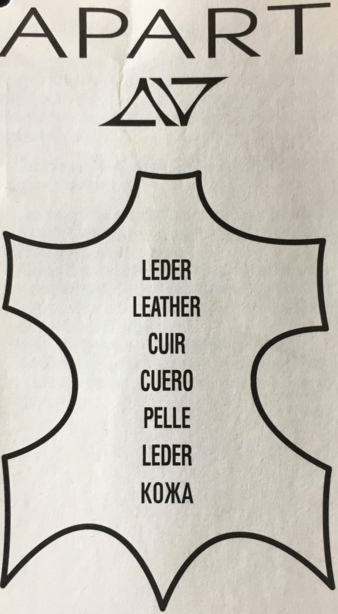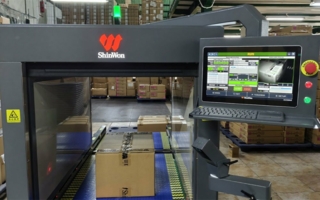02/10/2017 – Leather — auf Deutsch lesen
Use of ‘Genuine leather’ symbol requires a licence
The ‘Genuine leather’ symbol introduced in 1973 has gained high awareness levels in the trade and among consumers in Europe and America.
The symbol has been in active use since then, as it guarantees that the most important elements of the article consist of genuine leather as defined in the relevant labelling regulations.
Back in 2008/2009, there was a great deal of perplexity because Italian customs authorities were regularly confiscating consignments of shoes, including those from German companies. The reason given was “infringement of trademark protection rights”. For over four decades, the “Genuine leather” symbol had been widely used; it was to be found on millions of hang-tags or stamped onto leather soles and inside belts. What had happened?
In the 1970s, the appeal of leather was booming, as was the variety of different labels. Synthetics with a leather-like appearance also flooded onto the market, many of them bearing labels that symbolised a similarity to leather – “soft as antelope”, for example. Consumers found it more and more difficult to distinguish between genuine and fake leather.
The strong demand for leather caused a blossoming of the European tanning industry, which put itself forward as an economic force represented by trade associations – such as the German Leather Federation (VDL) – in every European country. In 1973, 17 European tanning industry associations, including the VDL, came together in an international leathermaking association, the International Council of Tanners (ICT), to establish the ‘Genuine leather’ symbol. The aim was finally to introduce a common international mark. That mark was adopted by the European Confederation of Tanners. Members were able to have the mark protected in their own country and to market it accordingly.
Only the Italian association UNIC (Unione Nazionale Industria Conciaria) actually registered the symbol as a trademark. The consequence of this is that UNIC is the sole proprietor of the rights to the brand in Italy and Europe. Both the empty frame – the heavily drawn outline of a hide – and its use in combination with the term “Genuine leather” are protected trademarks. To use them, licence fees have to be paid and guarantees provided regarding consumer protection on relevant criteria.
The French shoe manufacturer Eram refused to accept the increased customs controls and demands for licensing fees; an action against UNIC was brought in the Milan courts. The outcome: the registration of the hide symbol was held by the court to be invalid. The court argued that the “Genuine leather” hide symbol had, over the course of its existence since 1973, established itself in the most important consumer markets, including the USA, with a high level of awareness. It functioned as an important element of consumer information regarding leather. UNIC, however, appealed and won.
How has the market reacted?
The German Leather Federation (VDL) is recommending that German shoe manufacturers use the leather hide logo contained in para. 10 of the Consumer Goods Regulations for Shoes: a thinly edged and slightly distorted hide shape. This mark is increasingly to be found on various hang-tags. Many new designs with precisely drawn hide outlines or creatively conceived leather shapes are starting to appear in the trade. New leather labels intended to circumvent trademark law show that there is little willingness to pay licence fees to UNIC. As a result, the ‘Genuine leather’ symbol, which has been built up over more than 40 years and is widely recognised by consumers, will lose its market dominance and possibly even fade into obscurity. In 1973 the trade came together to end the multiplicity of labels that will again start to blossom. At the same time, it seems unlikely that UNIC will make its fortune from licence fees. A complete fiasco.
by Sonja Langer-Korsch





